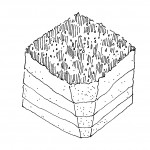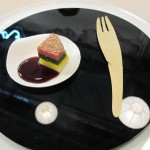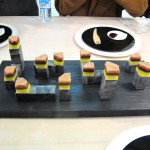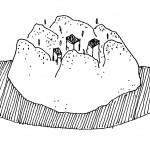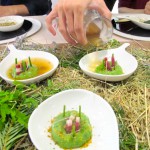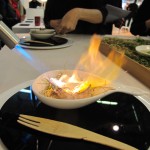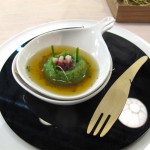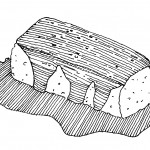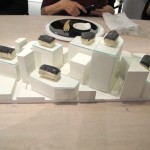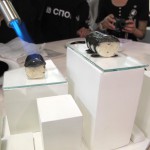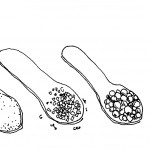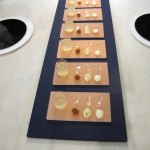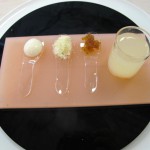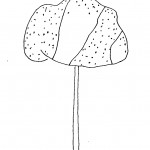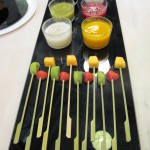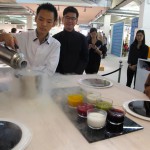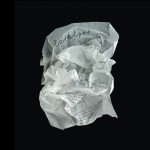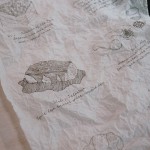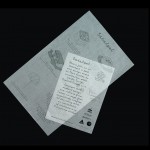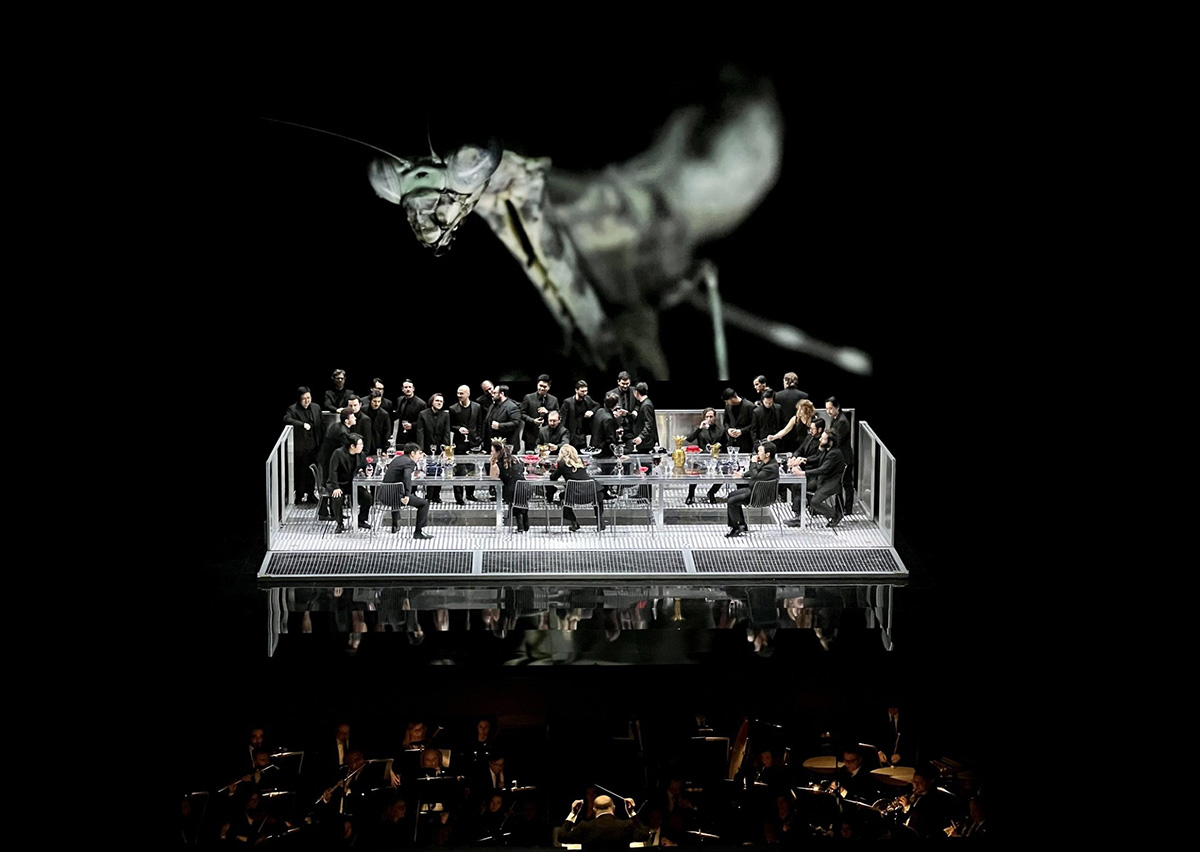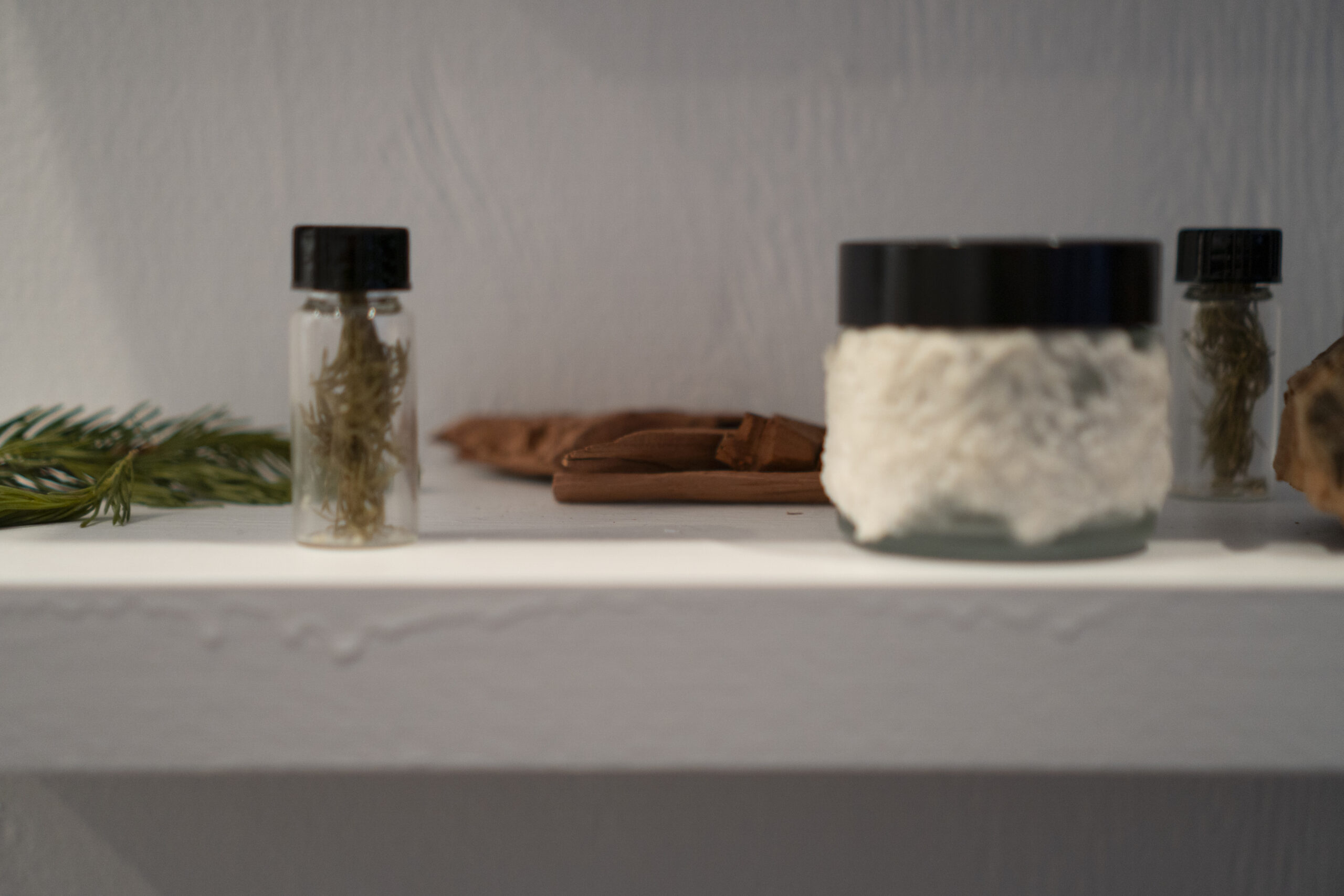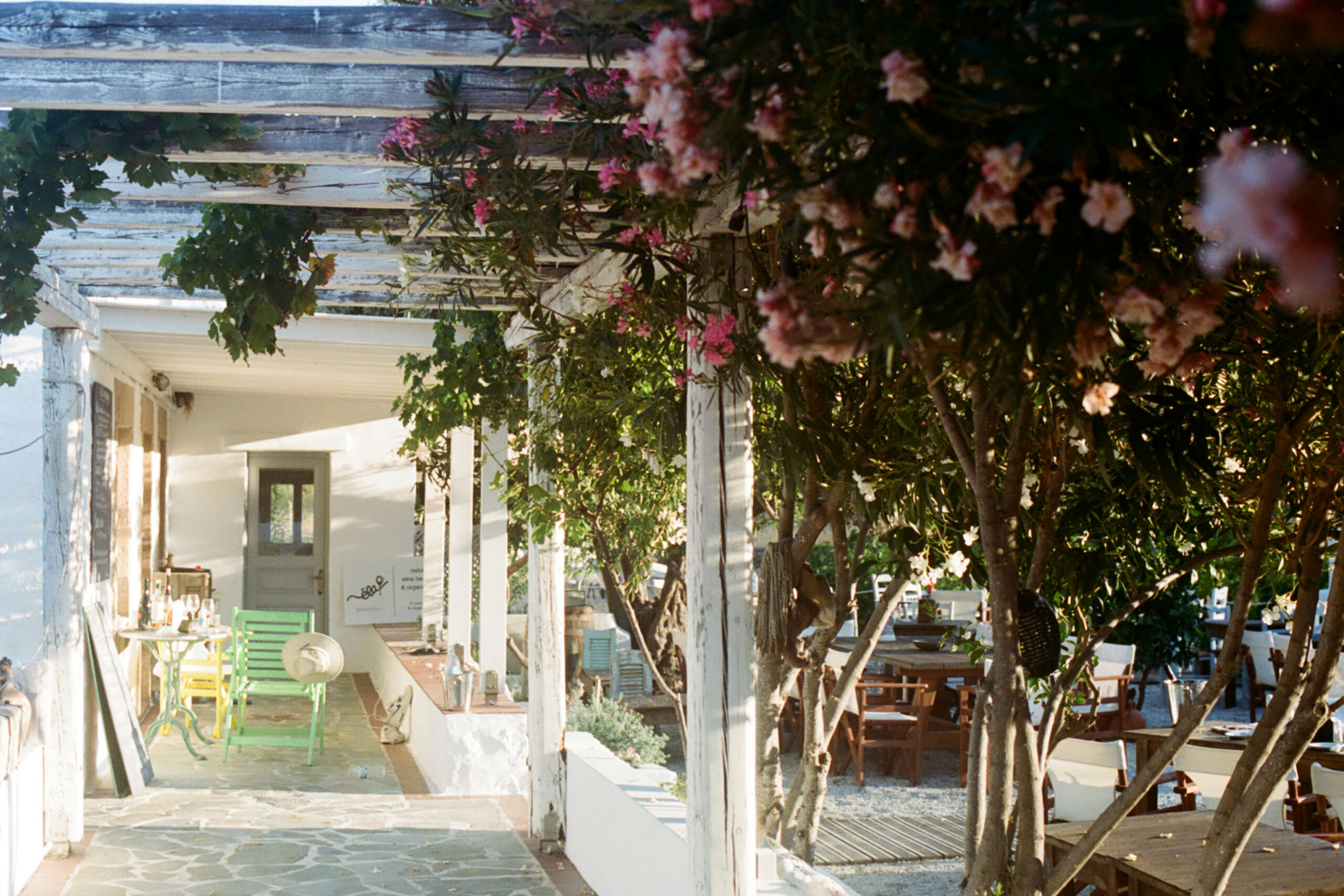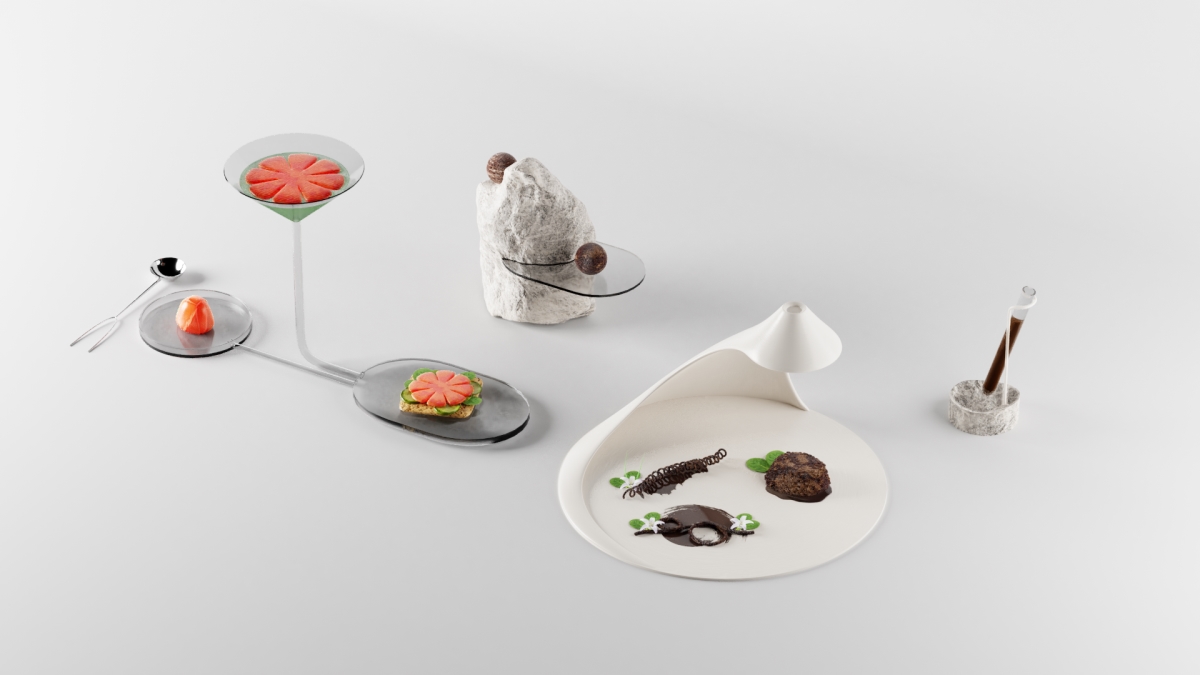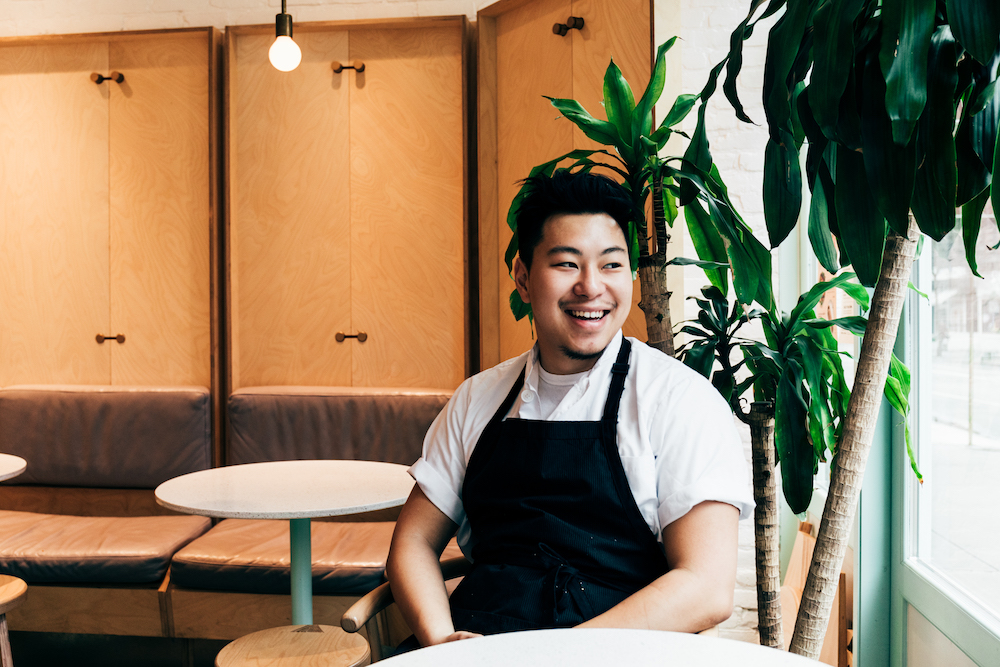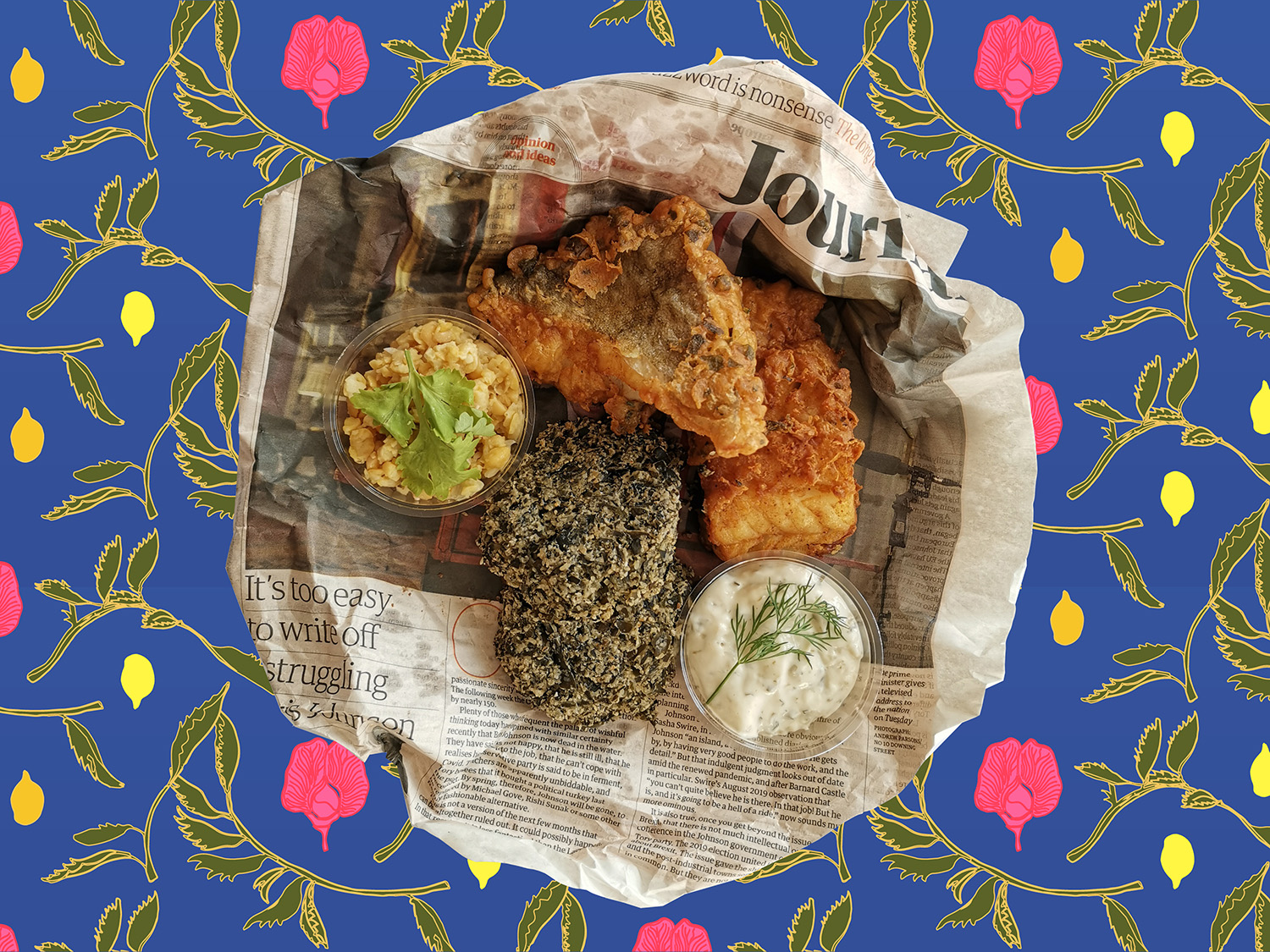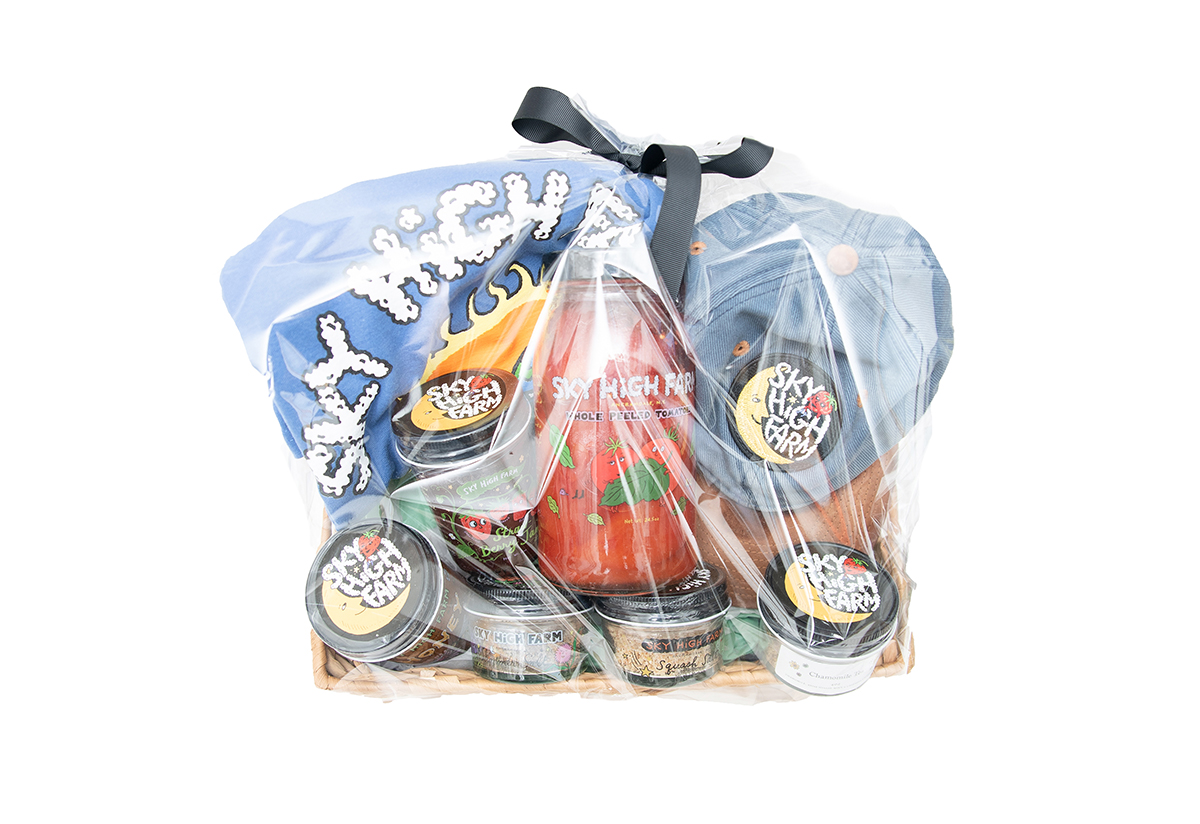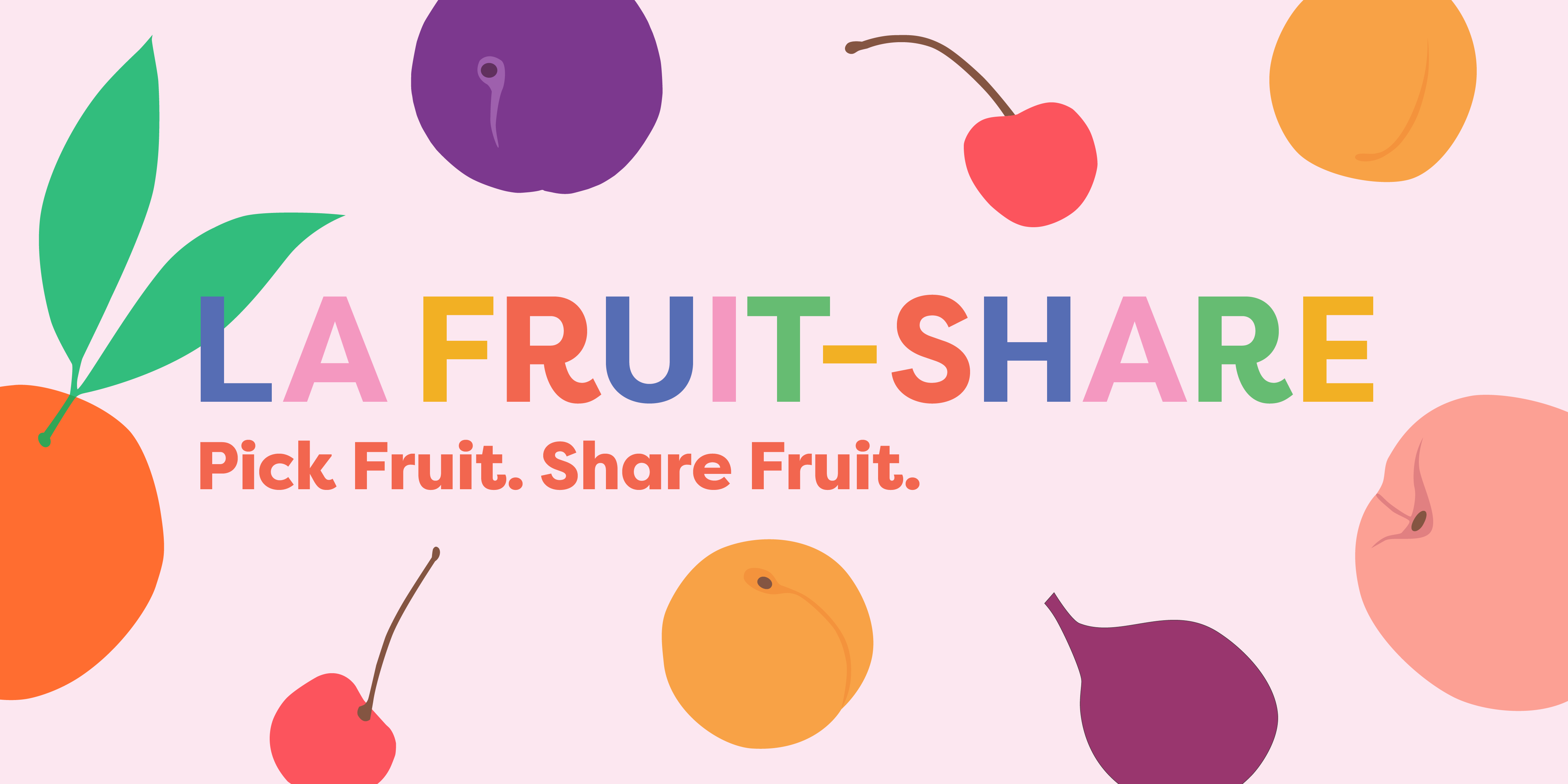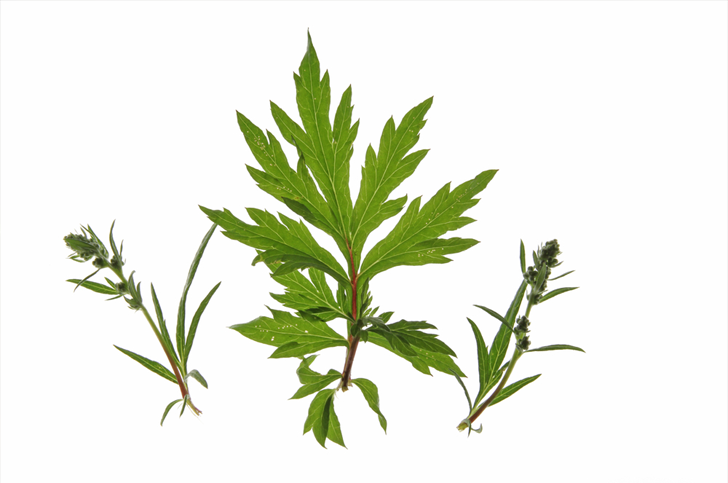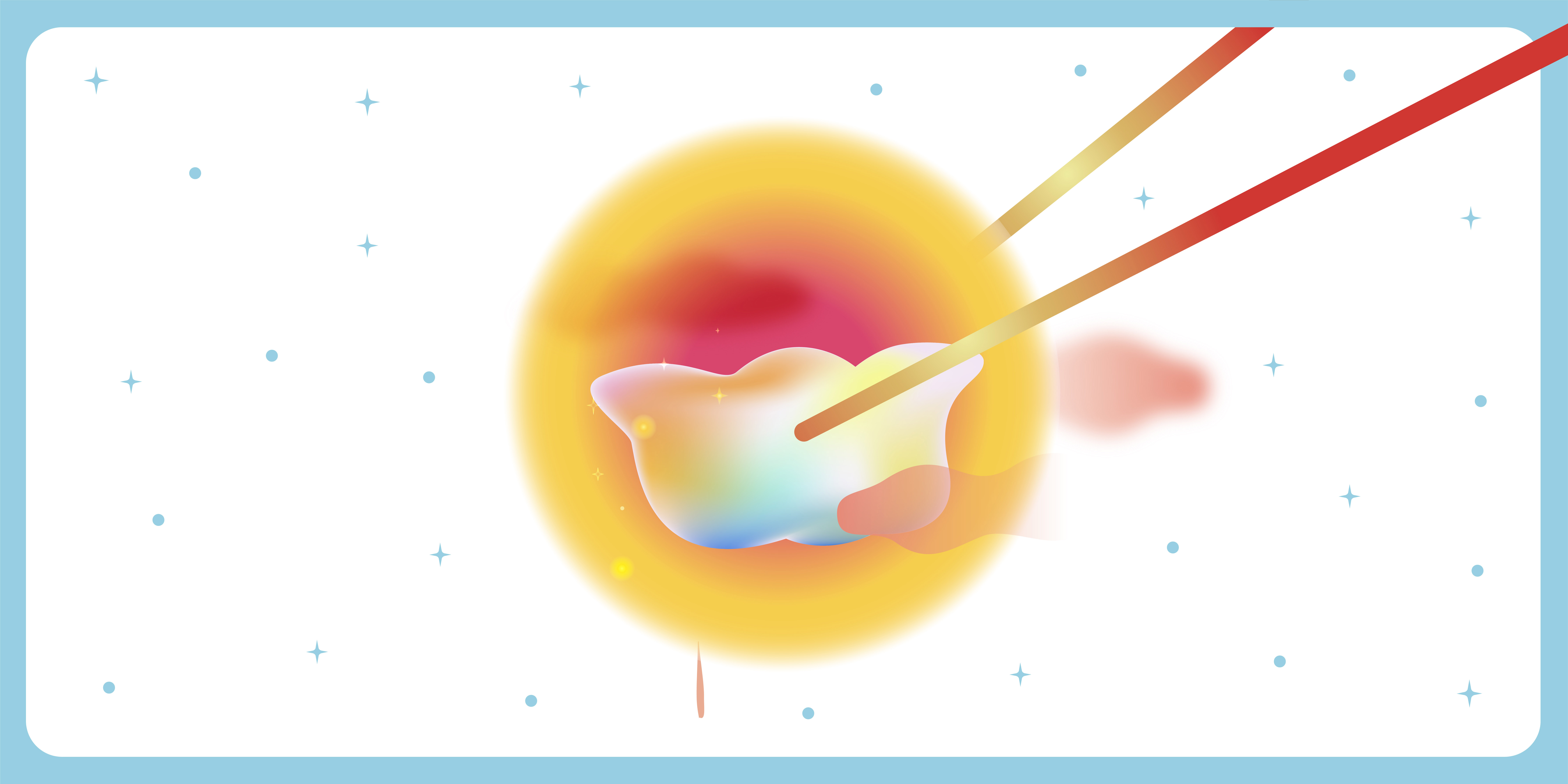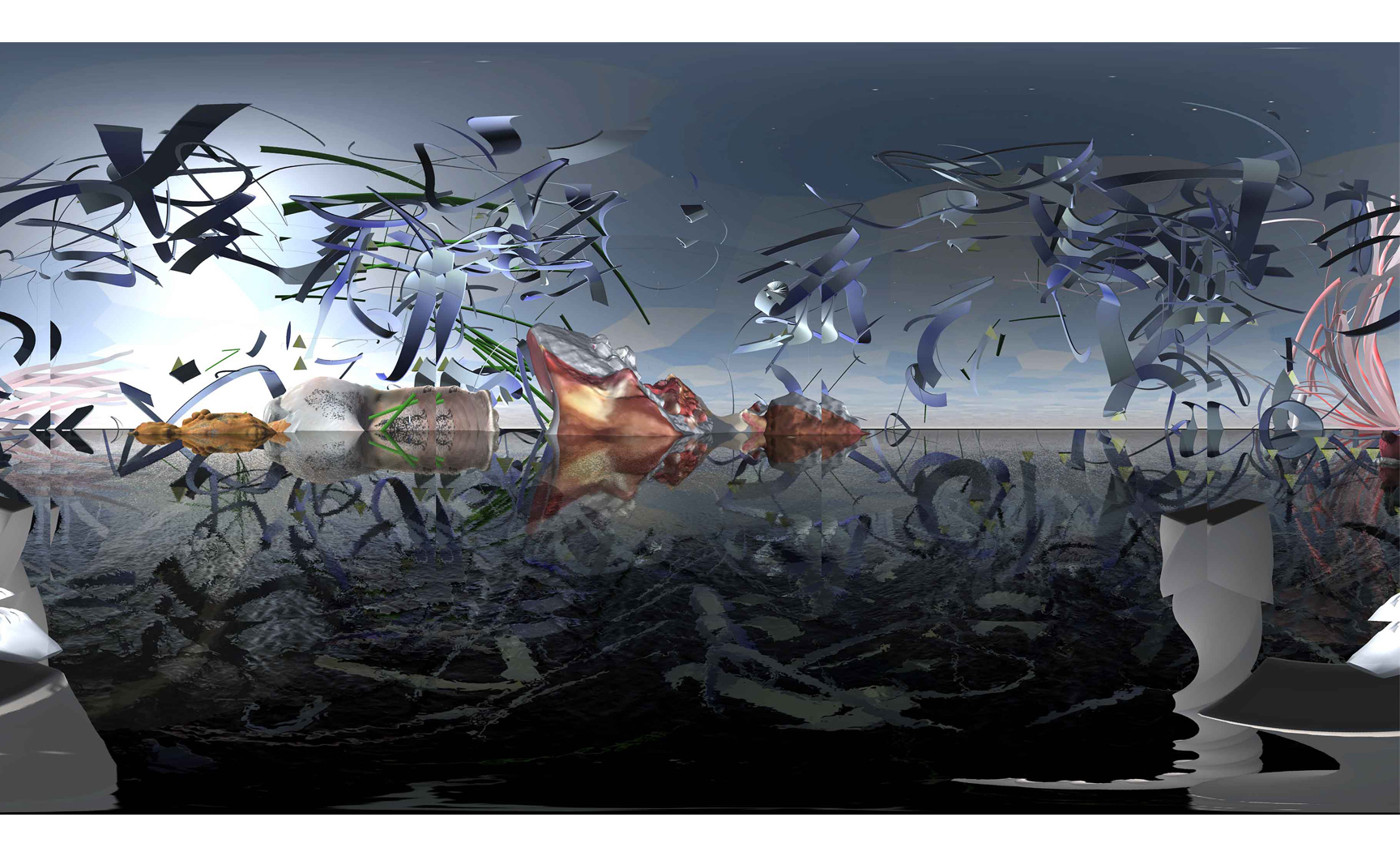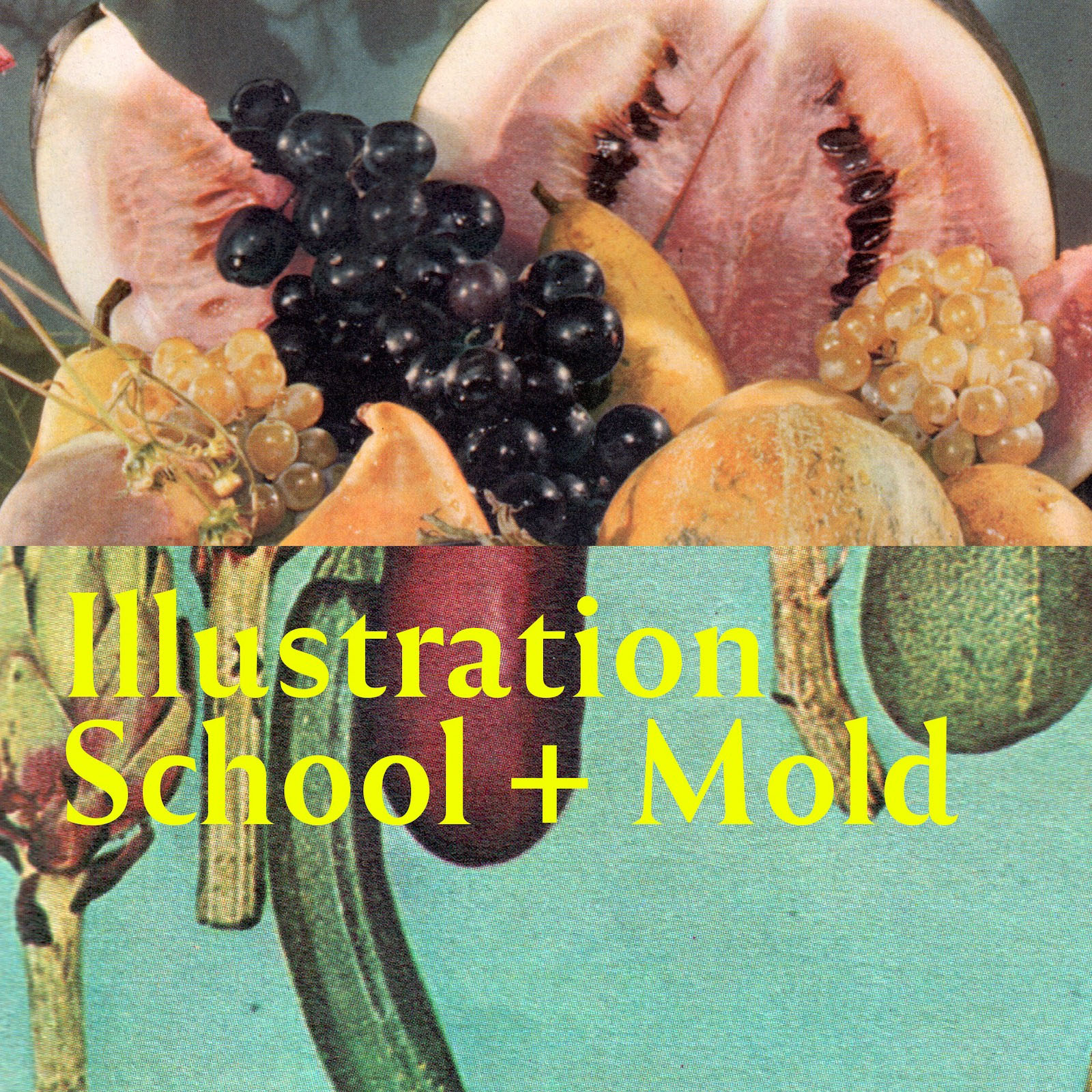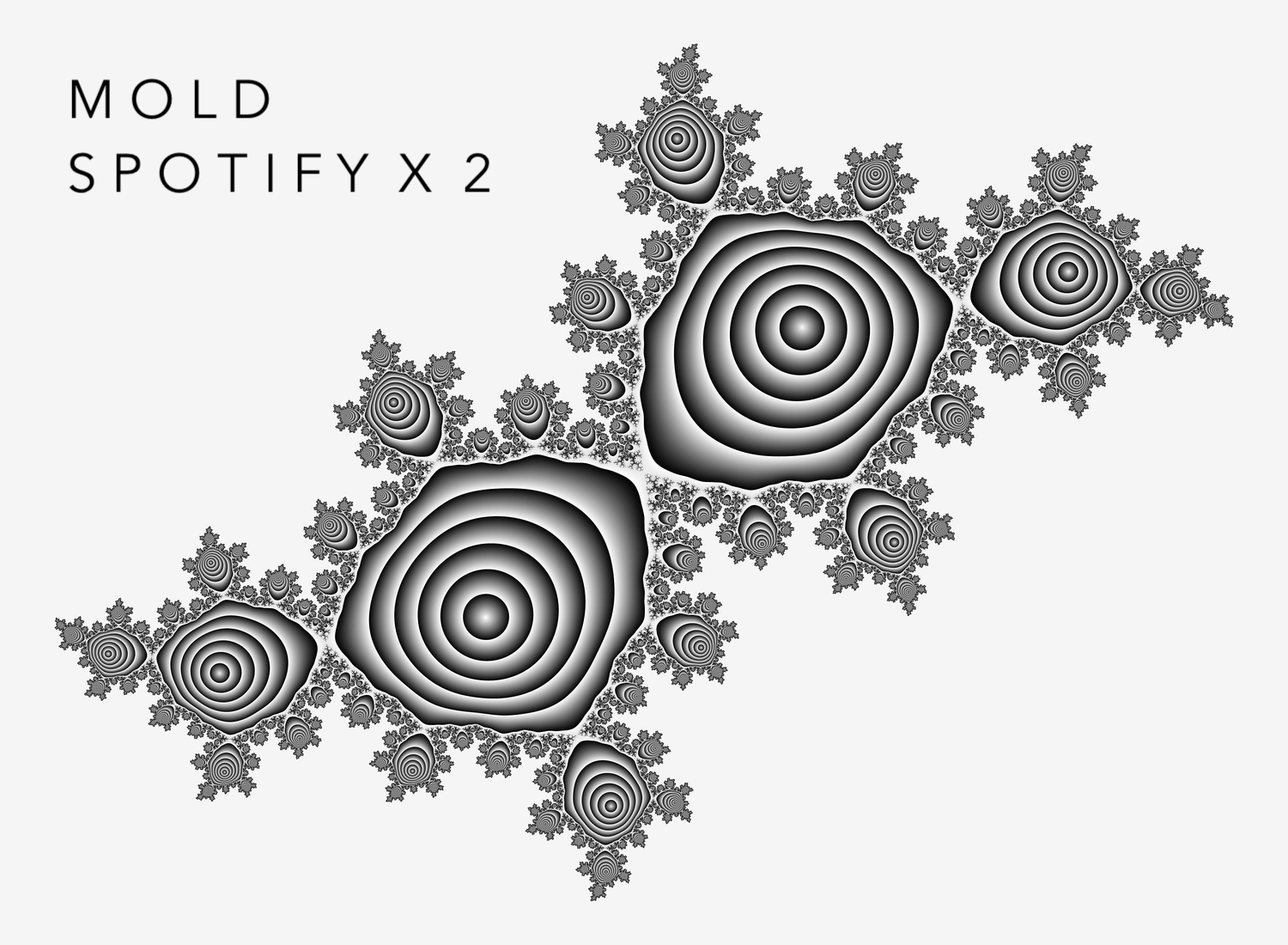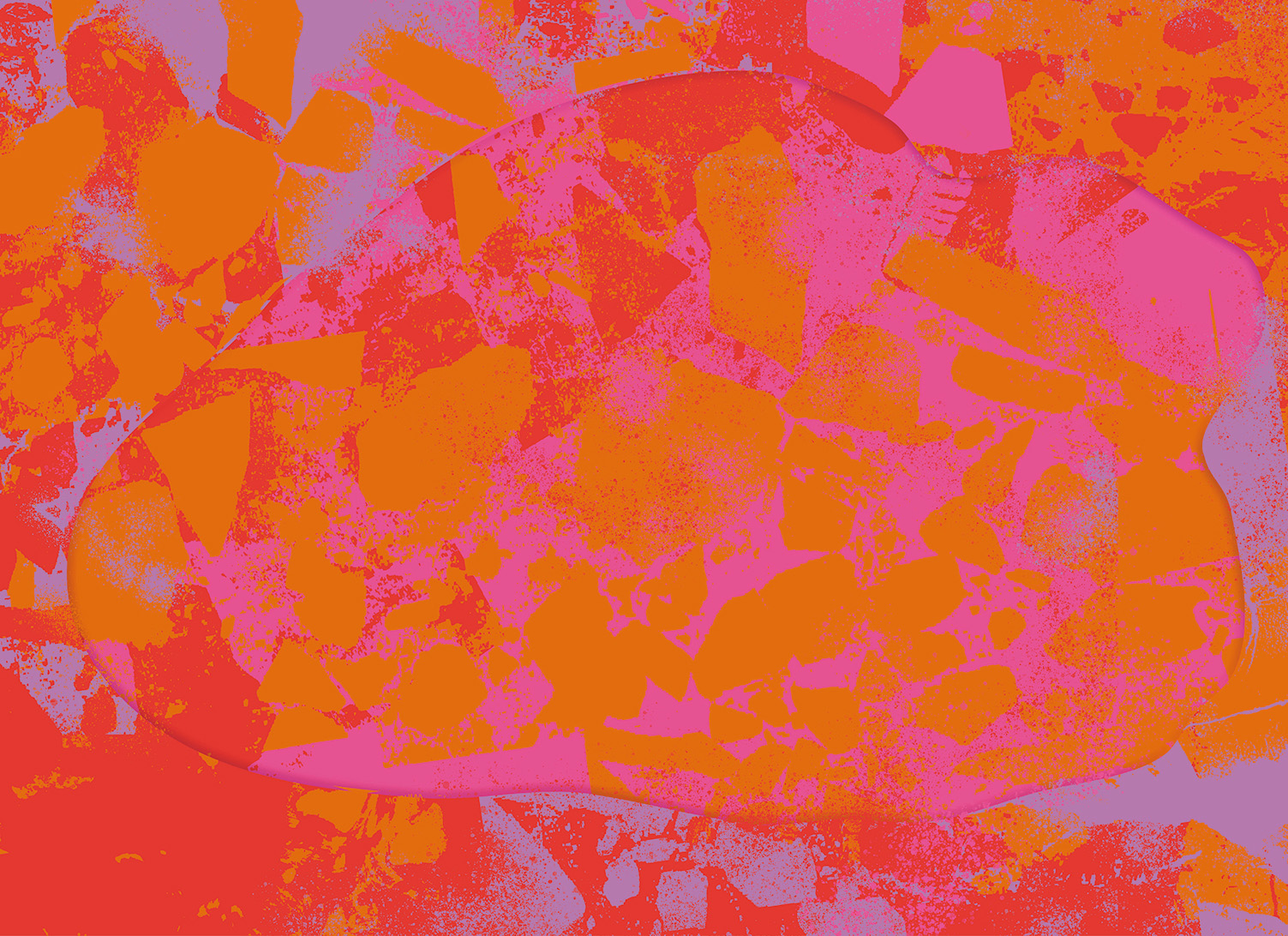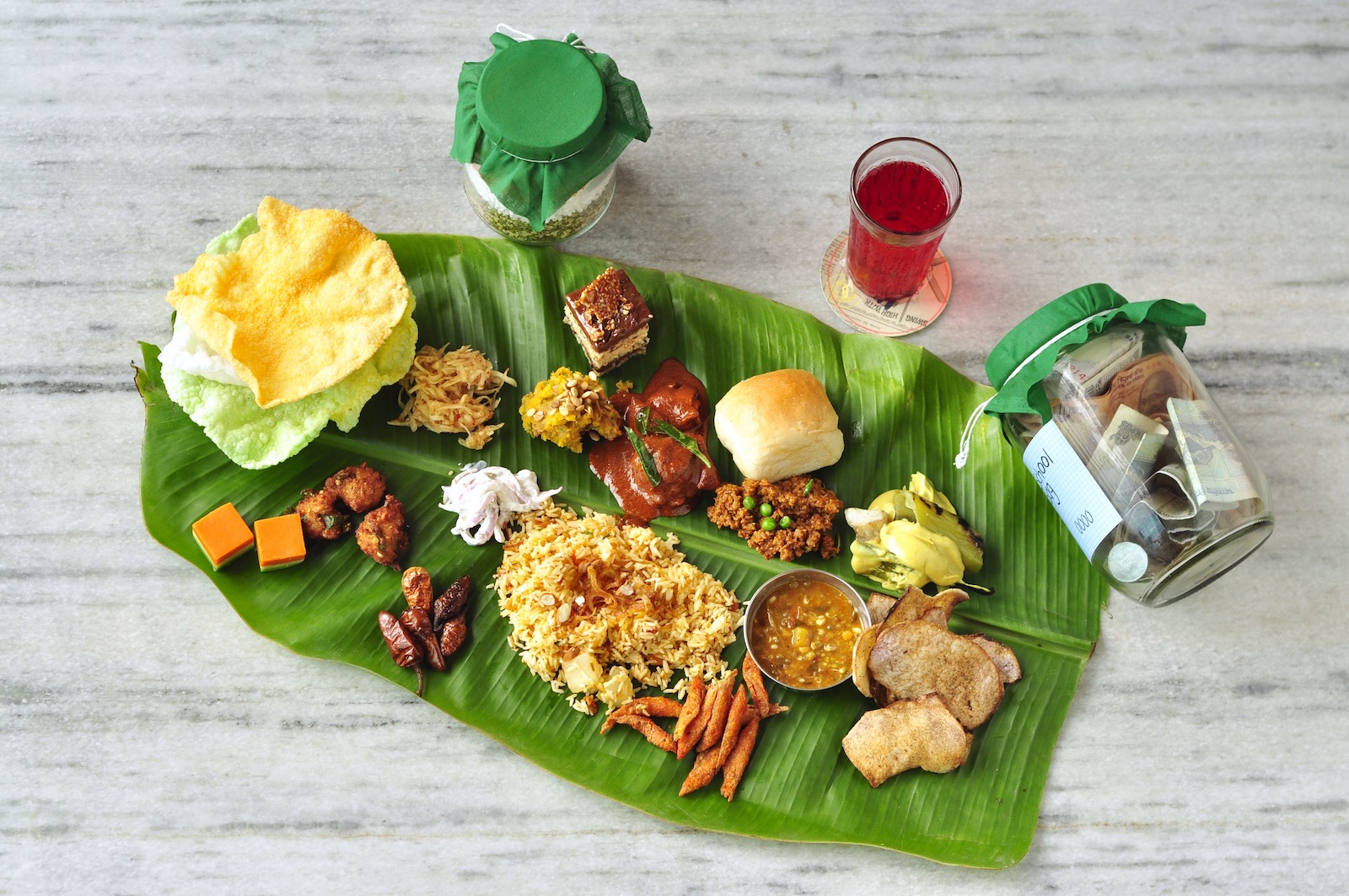“Made in Taiwan” is about to have a whole new meaning. You might be familiar with the tiny island’s manufacturing or as the top travel destination for foodies. But how much do you know about its history, geography or culture? Located 100 miles southeast of China, the “beautiful island” is home to Taipei, the World Design Capital of 2016. With Taiwan’s manufacturing capabilities coupled with an emphasis on a unique design language, the country and its capital city is poised to be a significant player in the global design conversation in the coming years.
In anticipation of World Design Capital 2016 Taipei, the Taiwan Design Center tapped designer Shikai Tseng, architect Rain Wu and chef Chung-Ho Tsai to present Eataipei, a multi-course “food performance” and exhibition during London Design Festival as an introduction to Taipei’s unique cultural landscape. As World Design Capital 2016, Taipei’s core theme of “Adaptive City—Design in Motion,” explores the role of design beyond manufacturing objects. “[Design] is continually reconsidering the connections between people and systems of production in order to solve the common problems we all face,” the curators write. “This adaptive design process is ultimately creating and expanding the identity of Taipei.”
The role of food design in sharing the story of the city and its potential is a bold move for ICSID’s newest World Design Capital. Taipei’s culinary traditions draw from indigenous ingredients and flavors, Chinese techniques, and influences as deep and broad as Portuguese bakery, Korean noodles, Spanish tapas, Dutch pancakes and Japanese tempura. Each course in Eataipei represented a strand in Taipei’s rich cultural fabric—history, landscape, people, lifestyle and future. Accompanied by video, live narration and theatrical presentation, the dishes were served on ceramics by JIA Inc. with illustrations by Rain Wu.
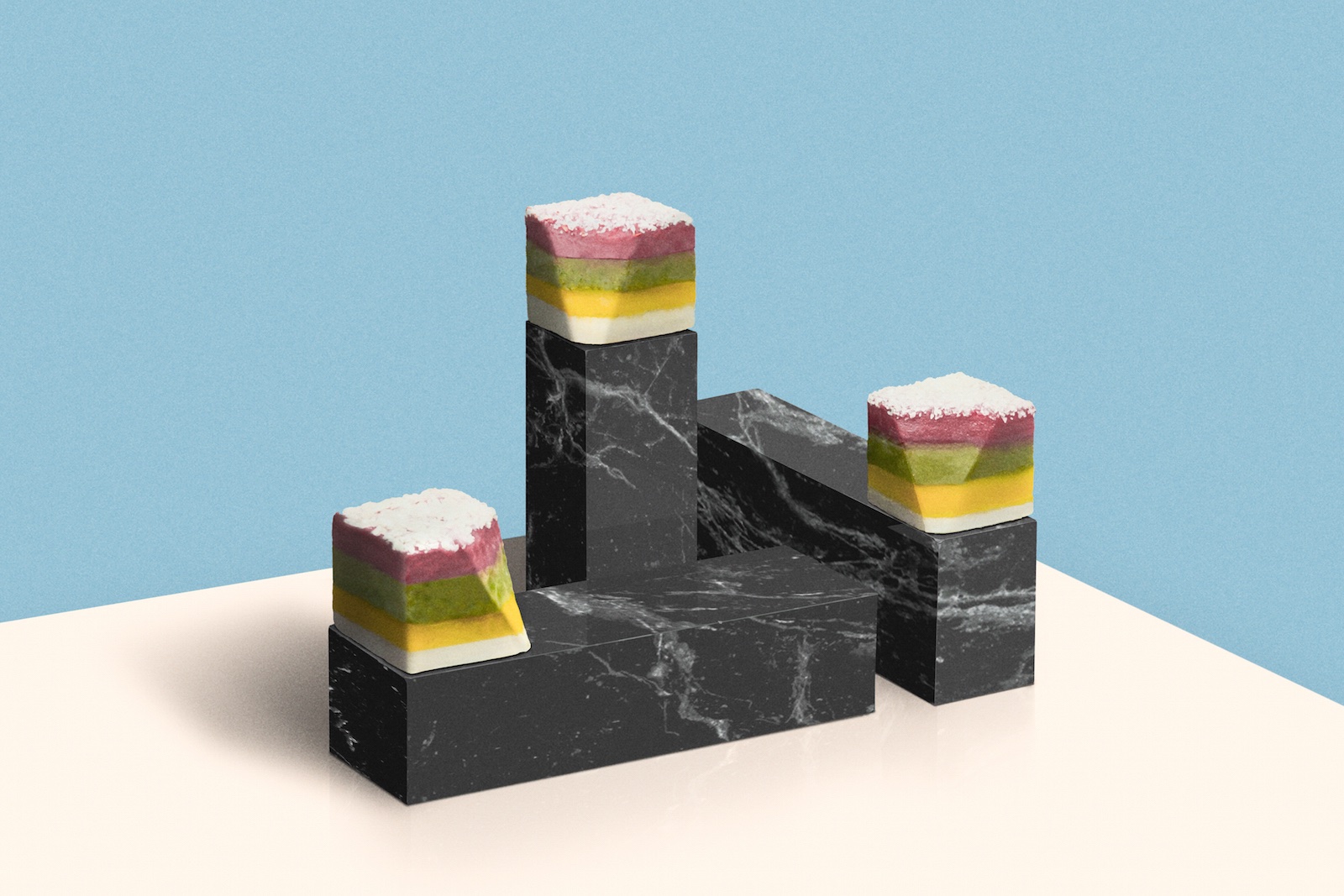 HISTORY – Mixture of the Past
HISTORY – Mixture of the Past
Layered rice cake with chef’s special sauce
A twist on the dim sum staple of traditional turnip cake, the “Mixture of the Past” visually represents the layers of cultural, political and historical influences that laid the foundation for modern Taipei.
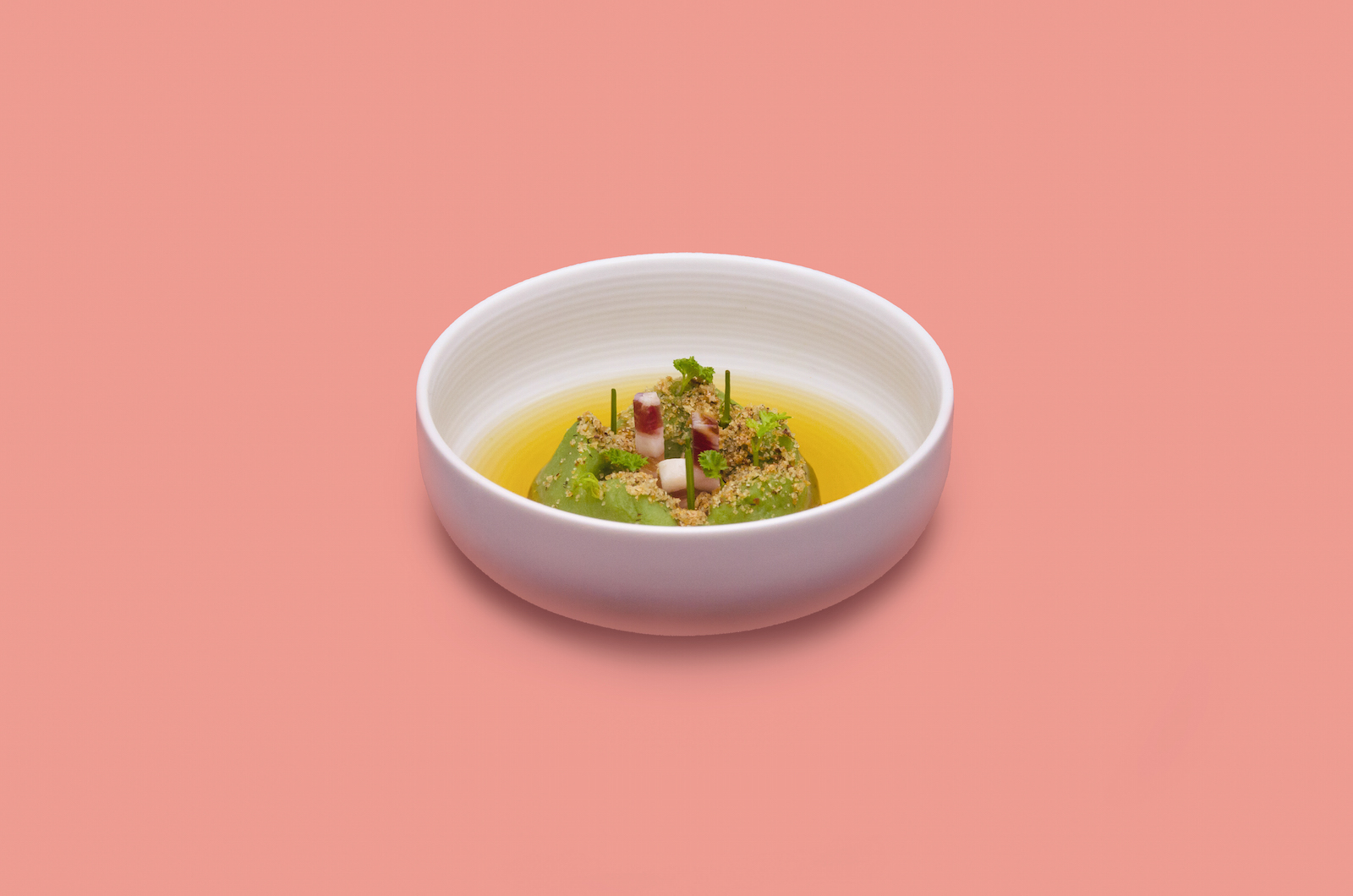 GEOGRAPHY – The Land Surrounded by the Mountains and the Sea
GEOGRAPHY – The Land Surrounded by the Mountains and the Sea
Spinach-flavored mashed potato with fried shallot, Iberico ham, coriander and seaweed broth
Taiwan’s dramatic landscape is represented in an architectural presentation of ingredients. “This dish formally presents the proximity of the city to the mountains and the sea,” the curators explained. Each dish was presented by pouring a warm seaweed bath over a mountain of mashed potato. A bed of hay was set aflame and then smothered nesting ceramics to release the earthy scent of nature into the experience.
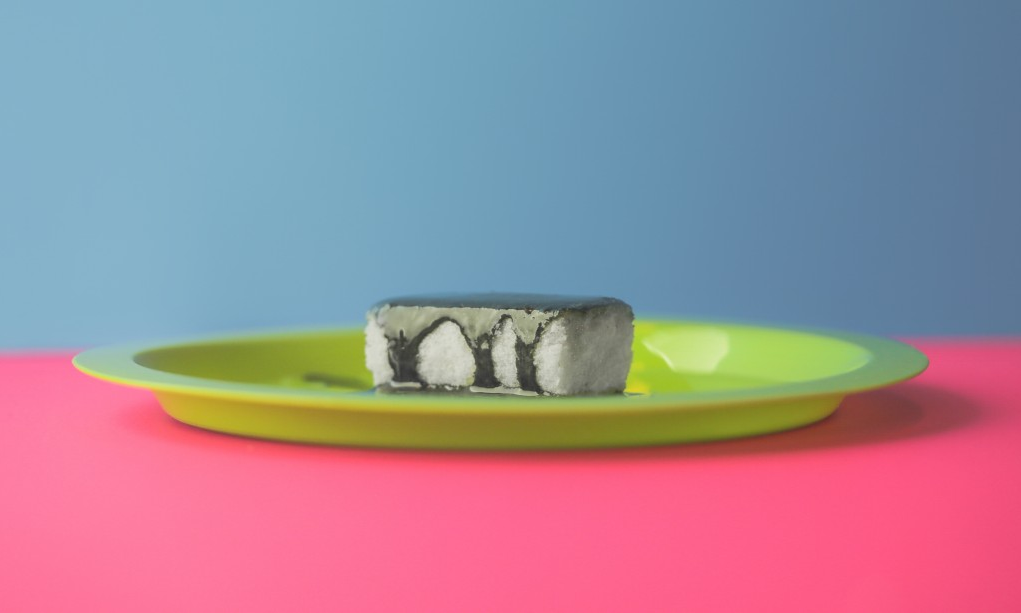 PEOPLE – Taipeian
PEOPLE – Taipeian
Squid ink butter with steamed bun
Steamed buns have been all the rage as hip Asian appetizer fare but the traditional Chinese mantou remains an ever day staple of Taiwanese cuisine. With hospitality, hard work, efficiency and an urbanite’s embrace of the new, at the core of the Taipeian identity, the transformation of hard butter melting into a soft, steamed bun represents the idea of a melding of cultures into a unique (and delicious!) identity. Servers presented the black and white creations on an architectural tablescape and using a chef’s torch, melted the hard pats of squid ink butter into the buns.
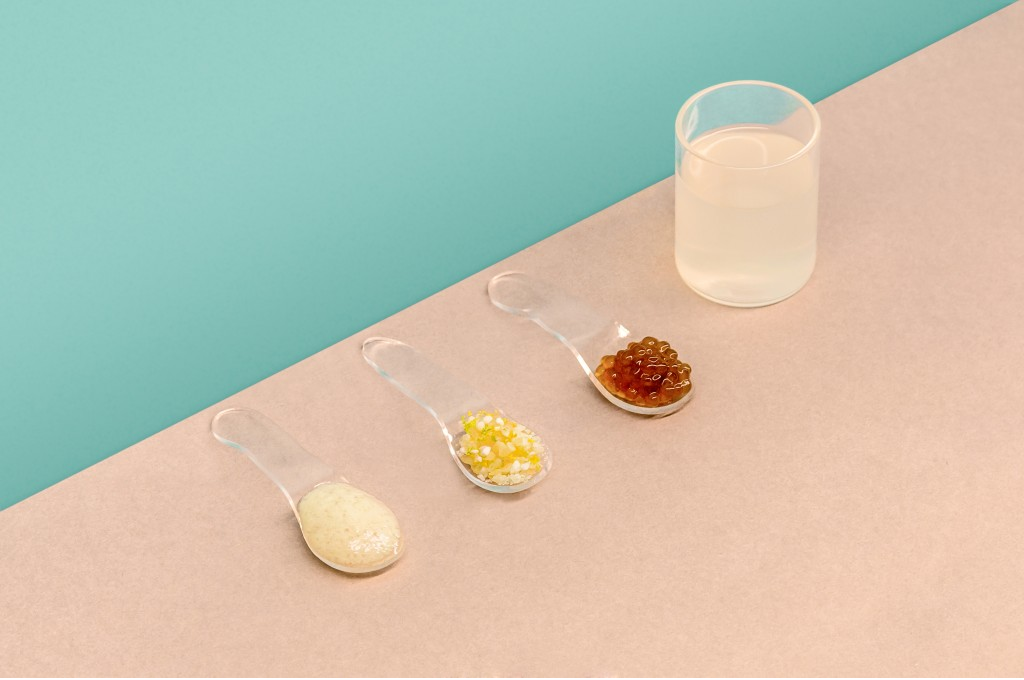 LIFESTYLE – Sing
LIFESTYLE – Sing
Honey soaked tapioca, oolong tea foam, popping candy, zesty citrus peel and carbonated lemonade
What’s your karaoke song? Taipeians love a good night of singing and what better way to end a meal than with the signature culinary export of Taiwanese bubble tea? The fourth course was a deconstructed bubble tea designed to stimulate all the senses. Served on a candy-colored palette, each spoonful was experienced in succession from the sweet tapioca, light tea foam, crackle and pop of the sugar candy to the buzz of the lemonade.
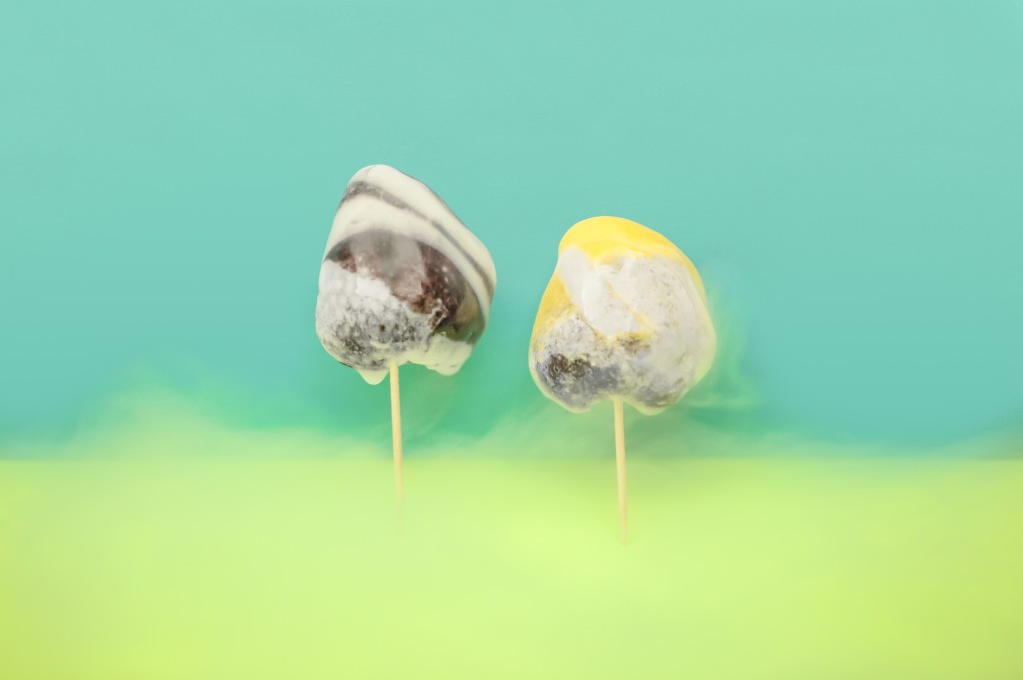 FUTURE – Towards a Sweet Future
FUTURE – Towards a Sweet Future
Fruit, fruit purees, liquid nitrogen
The final course was an experience in the science of gastronomy. As the World Design Capital 2016, the focus on Taipei’s strength as an adaptive city rests on, “bringing communities together to make a positive change in society,” the curators explain. Inviting participation, chef Chung-Ho Tsai presented a bucket billowing liquid nitrogen. Each attendee created a personal ice cream by flash freezing a fruit skewer with the liquid nitrogen, then building layers of flavor by alternating between dips in the liquid nitrogen and the fruit purees.
For more information about World Design Capital Taipei 2016, check out the website here.



